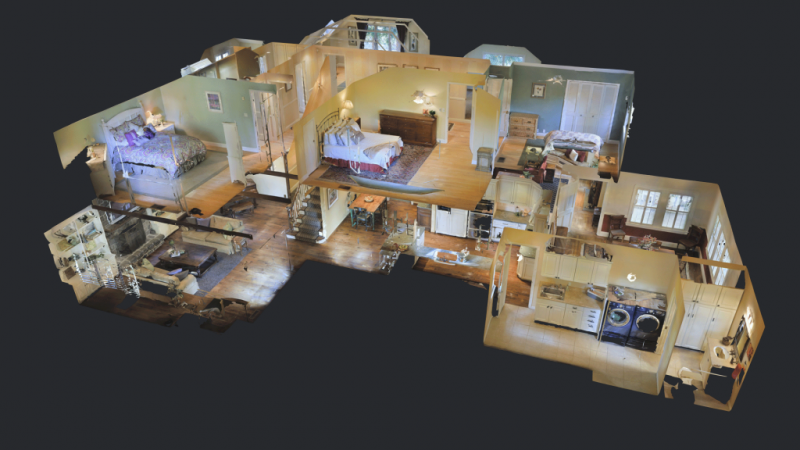The COVID-19 outbreak will undoubtedly have a long-lasting influence on Americans and the housing market moving forward. Housing analysts are already weighing in on what those changes could be.
In a new report, Apartment List highlights a few of the long-term changes they foresee coming from the COVID-19 pandemic:
Mobility will initially be low before spiking.
“Geographic mobility generally declines during downturns, when a lack of job opportunities catalyze fewer long-distance moves across market or housing upgrades,” the report notes. Evictions and foreclosure moratoriums will also help slow mobility. But housing analysts are predicting a spike in moves once the COVID-19 outbreak eases. “Many upgrade and downgrade moves will be postponed rather than canceled, creating a reshuffling of households throughout the recovery,” researchers note. The future wave will include those relocating for jobs, moves to be closer to family, and young adults forming their own households. Also, those who still hurt financially even after the pandemic lessens likely will need to move too.
Affordable housing is likely to become even more difficult to find.
Affordable rentals and homes for sale were already in short supply prior to the pandemic. “Fewer people moving means fewer homes available,” the report notes. “With both pandemic and policy keeping people in place, affordable units will become even more rare through the 2020 peak season.” Luxury apartment inventory, on the other hand, may be abundant.
Housing inequality could increase.
Higher earners will likely take advantage of low borrowing costs for refinancing to lower their payments as well as have more choices with the growing luxury rental inventory. On the other hand, lower-income households will likely struggle due to a sluggish economy and face increased competition for limited affordable housing. “As shelter-in-place orders cover a growing share of the nation, those who are able to work remotely are at a distinct economic advantage,” the report notes. “Unfortunately, a correlation between income and the ability to work from home reveals that the lowest earners will be hit hardest by these measures. Fifty-two percent of full-time workers who earn more than $100,000 annually say they can work from home. But only 15% of workers who earn less than $25,000 are able to work from home.”
Sight-unseen housing is likely to accelerate.
Some households may need to make a move sight unseen into their new home or apartment. “Many apartment communities are already enabling virtual tours in response to the pandemic, and many renters and owners alike may soon be evaluating their next home through a tablet screen,” the report notes. “Mainstream adoption of sight-unseen moves will bring both opportunities and challenges for the housing market.” In the rental market, sight-unseen transactions may prompt elevated levels of rental fraud, Apartment List notes.
Source: “Seven Ways Coronavirus Will Reshape the Housing Market,” Apartment List (March 24, 2020)












